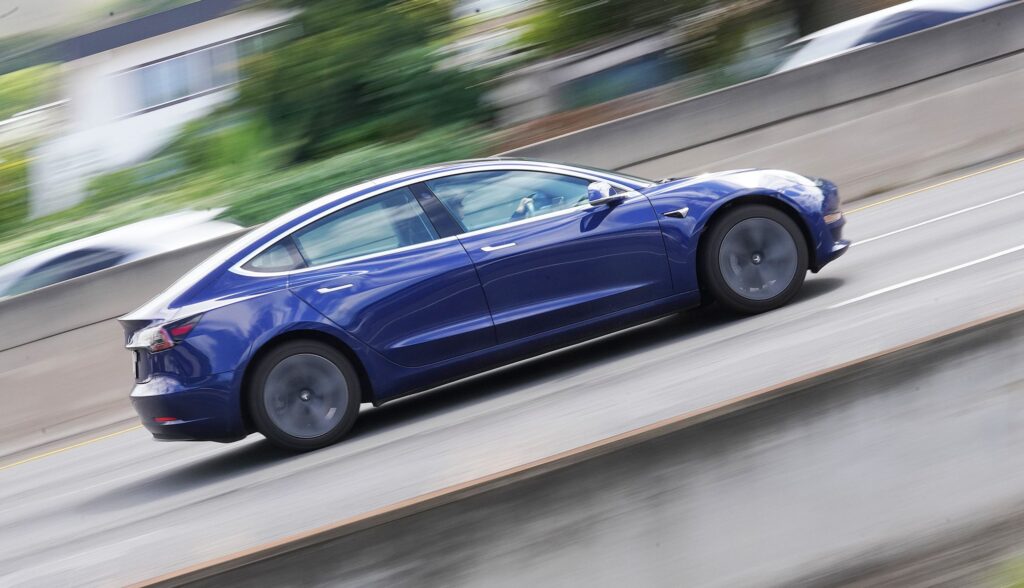The Future of Electric Vehicle Tax Credits: Navigating Uncertainty
Electric vehicle (EV) enthusiasts and potential buyers may find themselves in a race against time. As new federal policies loom on the horizon, the decision to purchase an EV sooner rather than later could have significant financial implications.
In light of President Donald Trump’s intentions to dismantle federal electric vehicle tax incentives, many current and future EV owners are left in a state of uncertainty. This development is particularly impactful given the current tax credit system established by the Inflation Reduction Act, which provides up to $7,500 for new EVs and $4,000 for used ones. However, these incentives are already facing challenges due to evolving supply chain requirements set to take effect in 2025.
By 2025, a notable change will occur: 60% of essential battery minerals must be sourced from the United States or its free trade partners, up from 50% in 2024. This shift presents a significant hurdle for EV manufacturers. For instance, Rivian’s R1T pickup, which previously qualified for half the credit in 2024, could lose that advantage unless it significantly revamps its supply chain. The same challenge confronts Tesla and other major manufacturers.
The supply chain requirements are designed to boost U.S. production and sourcing, aligning with broader national goals. However, these requirements also complicate the landscape for used EVs. While a $4,000 credit exists for used models, it’s limited by a $25,000 price cap, which can be restrictive in the current market.
The potential revocation of these credits by the Trump administration adds another layer of complexity. Historically, tax credit transitions have included grandfathering provisions, but there’s no certainty this will occur with a new administration. This uncertainty creates a challenging environment for both manufacturers and consumers planning purchases in 2025 and beyond.
While federal tax credits are a significant factor, they are not the only consideration. Some states, like California, continue to offer substantial incentives, although Hawaii has ended its state rebate program. The total cost of owning an EV is steadily decreasing as battery costs drop and charging infrastructure grows. In areas with low electricity costs, such as Washington state, EVs remain financially viable even without federal incentives.
The psychological impact of potentially losing federal tax credits could be significant. These incentives have served as a powerful marketing tool, attracting consumers to EVs. Their removal could slow adoption among mainstream buyers, despite technological advancements. Manufacturers have invested heavily in adapting to current requirements, and a sudden policy change could hinder progress in domestic EV production.
As 2025 approaches, potential EV buyers face tough decisions. Some may accelerate their purchases to secure current credits, while others might wait for market and policy stability. Manufacturers will need to balance supply chain adjustments with potential policy shifts. While the transition to electric vehicles is inevitable, the pace and smoothness of this shift remain uncertain.
Ultimately, even as policy landscapes shift, the fundamental drivers of EV adoption—improving technology, expanding infrastructure, and declining costs—persist. The question remains how these factors will shape the future of the automotive industry’s electrification journey.
Original Story at www.civilbeat.org
